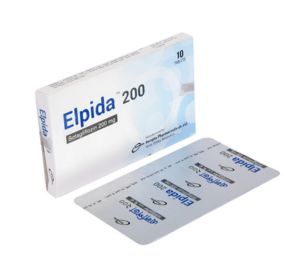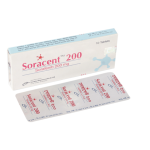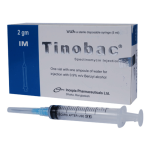Elpida 200(Sotagliflozin Tablet)

Therapeutic Group: Anti Diabetic
Presentation
Elpida 200: Each film coated tablet contains Sotagliflozin INN 200 mg
Description
Sotagliflozin is an orally delivered dual inhibitor of SGLT1 and SGLT2. Sotagliflozin improves glycaemic and
metabolic control through dual inhibition – local inhibition of SGLT1 in the gut and systemic SGLT2 inhibition in
the proximal renal tubule. Inhibition of SGLT1 delays and reduces glucose absorption in the proximal intestine,
resulting in a blunting and delay of postprandial hyperglycaemia. Inhibition of SGLT2 reduces renal glucose
reabsorption and lowers the renal threshold for glucose, and thereby increases urinary glucose excretion
Indications
Sotagliflozin is indicated as an adjunct to insulin therapy to improve glycaemic control in adults with type 1
diabetes mellitus with a Body Mass Index (BMI) ≥ 27 kg/m2, who have failed to achieve adequate glycaemic
control despite optimal insulin therapy
Dosage & Administration
Sotagliflozin is administered by the oral route. The recommended dose is 200 mg sotagliflozin once daily before the first meal of the day. After atleast three months, if additional glycaemic control is needed, in patients
tolerating sotagliflozin 200 mg, the dose may be increased to 400 mg once daily
Side Effects
Hypotension, renal impairment, hepatic impairment, genital mycotic infections, urinary tract infections, nausea,
vomiting, or abdominal pain, excessive thirst, constantly feeling tired, high levels of ketones in urine tests or
beta-hydroxybutyrate (BHB) in blood tests, difficulty breathing/rapid, deep breathing, difficulty paying attention,
or confusion, rapid weight loss.
Precautions
Hypotension: Before initiating Sotagliflozin, volume status should be assessed and correction on hypovolemia
should be made in the elderly, in patients with renal impairment, in patients with low systolic blood pressure and in patients on diuretics since Sotagliflozin causes intravascular volume contraction.
Impairment in Renal Function: Renal function should be evaluated prior to initiating Sotagliflozin and
periodically. Initiation of sotagliflozin is not recommended when eGFR is less than 60 ml/min/1.73 m2 and
should be discontinued if eGFR is persistently less than 45 mL/min/1.73 m2
Hepatic impairment: Sotagliflozin is not recommended in patients with moderate and severe hepatic
impairment, as sotagliflozin exposure is increased in these patients.
Genital mycotic infections: Monitoring and treatment should be done as appropriate.
Urinary tract infections: Temporary interruption of Sotagliflozin should be considered when treating
pyelonephritis and urosepsis.
Use in Pregnancy & Lactation
Pregnancy: There are no data from the use of Sotagliflozin in pregnant women.
Lactation: No data in humans are available on excretion of Sotagliflozin into milk.
Drug Interaction
Interaction studies conducted in healthy volunteers show that Sotagliflozin had no clinically relevant effect on
the pharmacokinetics of metformin, metoprolol, midazolam and oral contraceptives.
Insulin: Insulin may increase the risk of hypoglycaemia. A lower dose of insulin may be required to minimize the
risk of hypoglycaemia when used in combination with Sotagliflozin
Over Dose
Multiple doses of 800 mg once daily were administrated in healthy volunteers and these doses were well
tolerated. In the event of an overdose, appropriate supportive treatment should be initiated as dictated by the
patient’s clinical status.The removal of Sotagliflozin by haemodialysis has not been studied.
Storage
Do not store above 300 C. Keep away from light and out of the reach of children
Commercial Pack
Elpida 200: Each box contains 1 blister strip of 10 tablets



